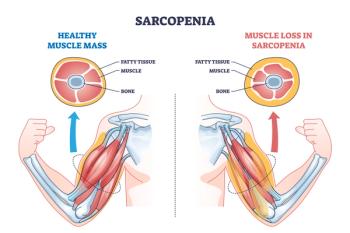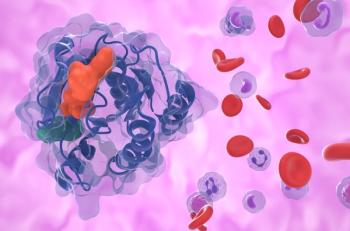
New Study Reveals Fresh Honey’s Antibacterial Power Against Respiratory Pathogens
A new study published May 2024 in Scientific Reports examined the changes in morphology and antibacterial activity in four honey varieties from Hungary matched against respiratory pathogens.
Antibiotic therapies that had successfully targeted certain bacteria in the past, are becoming less effective due to increasing resistance, a new study has revealed.
For instance, while honey has been shown to inhibit biofilm formation in some respiratory bacteria, there has been limited data on how storage time impacts its antibacterial properties.
With that in mind, a new study published May 2024 in
In the study by Marianna Kocsis, Ph.D. and colleagues in the Department of Agricultural Biology at the University of Pécs in Hungary, the researchers answered the question of how much the age of honey can influence its antibacterial effect, and to what extent the antibiofilm activity decreases depending on the storage time.
The study authors tested the effectiveness of black locust, goldenrod, linden, and sunflower honeys from 2020, 2021, and 2022 against different bacteria, which included Gram-negative types (Haemophilus influenzae, H. parainfluenzae, Pseudomonas aeruginosa) and a Gram-positive type (Streptococcus pneumoniae).
The first step was checking the physical and chemical properties of the different honeys, followed by lab tests to find the minimum amount of honey needed to stop bacterial growth and examine how well the honey could prevent the bacteria from forming protective layers. The researchers also explored how honey might work against bacteria by testing its effects on bacterial membranes and using a special microscope to see structural changes.
“We found that older honeys—stored for one or two years—were darker and had significantly lower antibacterial activity compared to fresh honeys,” Kocsis said. “Linden and sunflower honeys had the strongest antibacterial effects, while Pseudomonas aeruginosa was the toughest bacterium to inhibit. Our findings suggest that honey used for medicinal purposes should be as fresh as possible for the best results.”
While honey has strong antibacterial properties, several factors need to be considered for it to be effective as a supplement to antibiotic treatments, according to the findings.
Kocsis and the research group was the first to examine the antibiofilm effects of honey stored for different periods, as well as the mechanism of bacterial membrane degradation and its kinetics. Their findings indicate that honey used for medicinal purposes should be as fresh as possible to achieve the best antibacterial results.
“Our study emphasizes the importance of the type of honey, as some varieties have stronger antibacterial effects,” the researchers concluded. “It’s also crucial to use honey against bacterial strains that are most sensitive to it. Additionally, we explored how the age of honey influences its antibacterial properties and how its ability to prevent biofilm formation decreases with storage time.”
Newsletter
Get the latest industry news, event updates, and more from Managed healthcare Executive.






















































